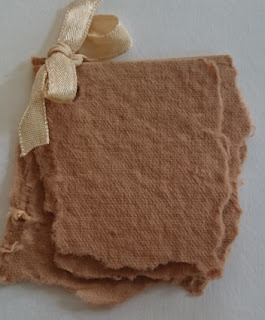 |
| 4/10/1: A range of initial samples |
 |
| 4/10/2: Each layer of paper has been individually sewn to a wide piece of ribbon. This ribbon has then been folded over to the front. |
 |
| 4/10/4: Papers stitched down the middle in the machine and then folded in half. An effective method however limited due to the number of pages that can be stitched together at any one time. |
 |
| 4/10/6: Paper pages wrapped around a drinking straw and then held in place with hand stitching. |
 |
| 4/10/7 |
 |
| 4/10/8 |
 |
| 4/10/9 |
 |
| 4/10/10 |
 |
| 4/10/11 |
 |
| 4/10/12 |
 |
| 4/10/13 |
 |
| 4/10/14 |
 |
| 4/10/15 |
 |
| 4/10/16 |
 |
| 4/10/17 |
 |
| 4/10/18 |
 |
| 4/10/19 |


No comments:
Post a Comment